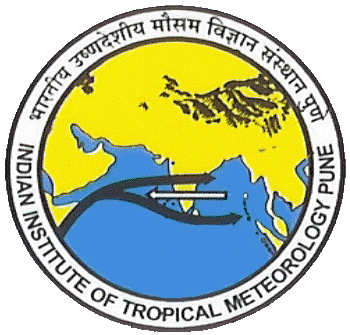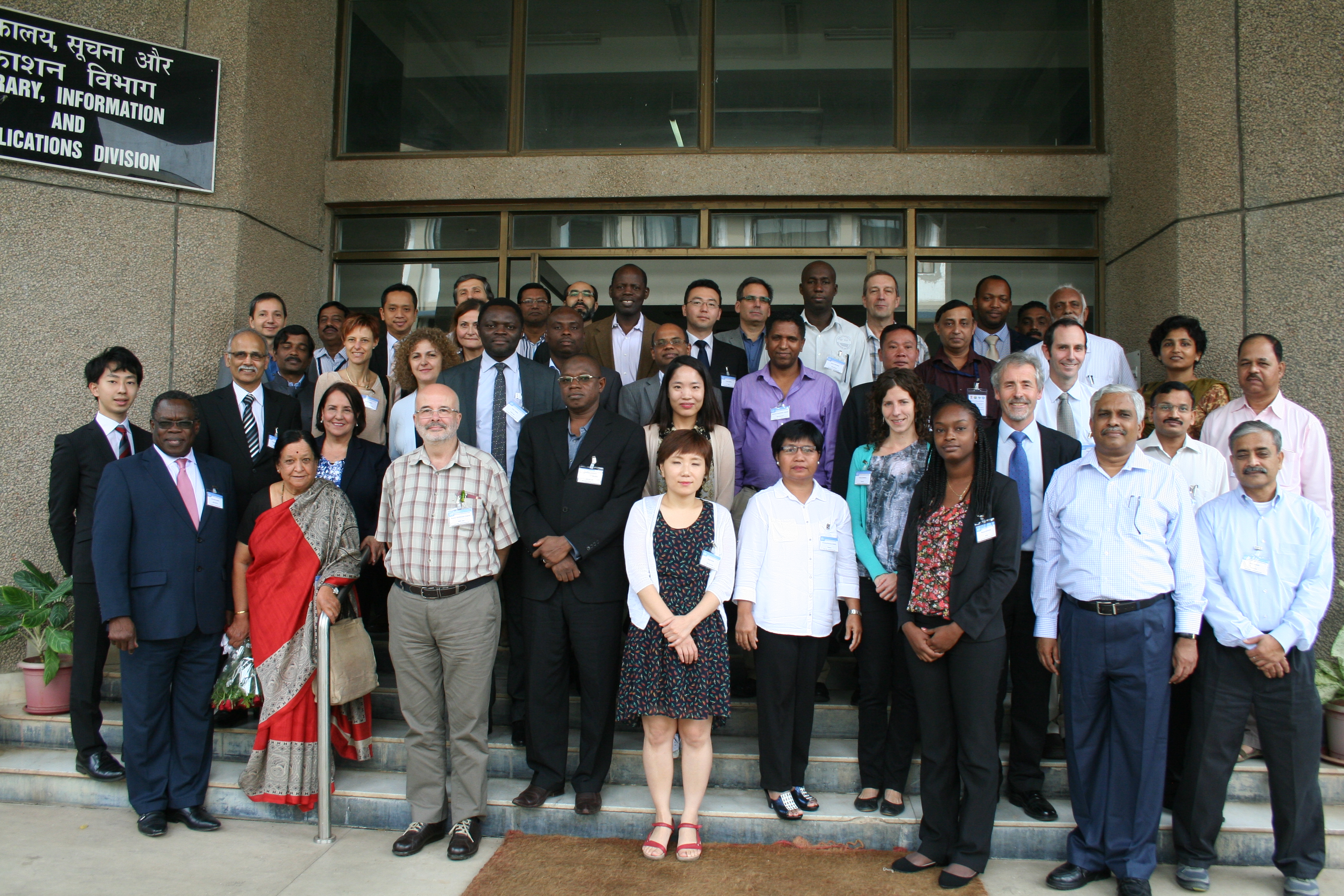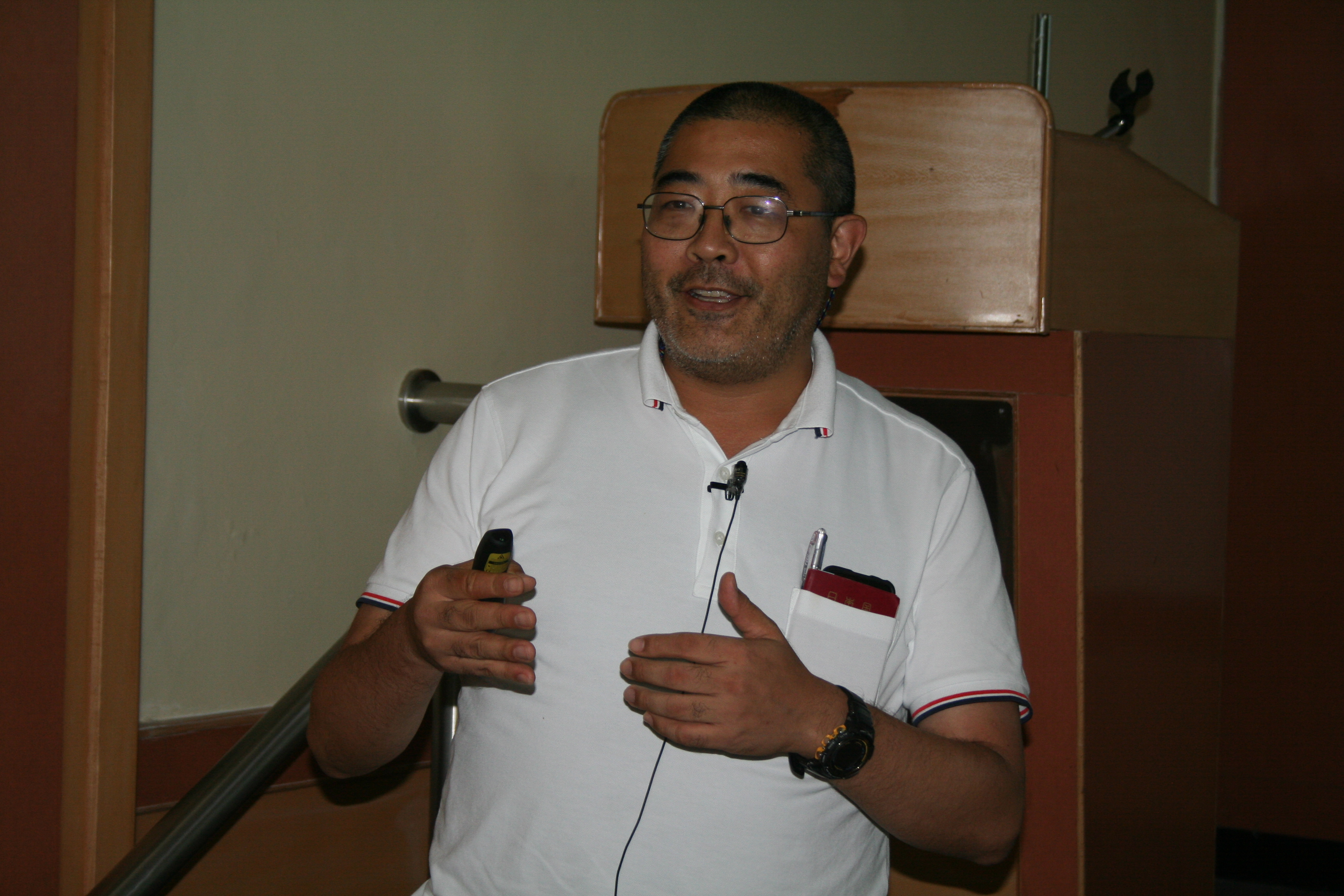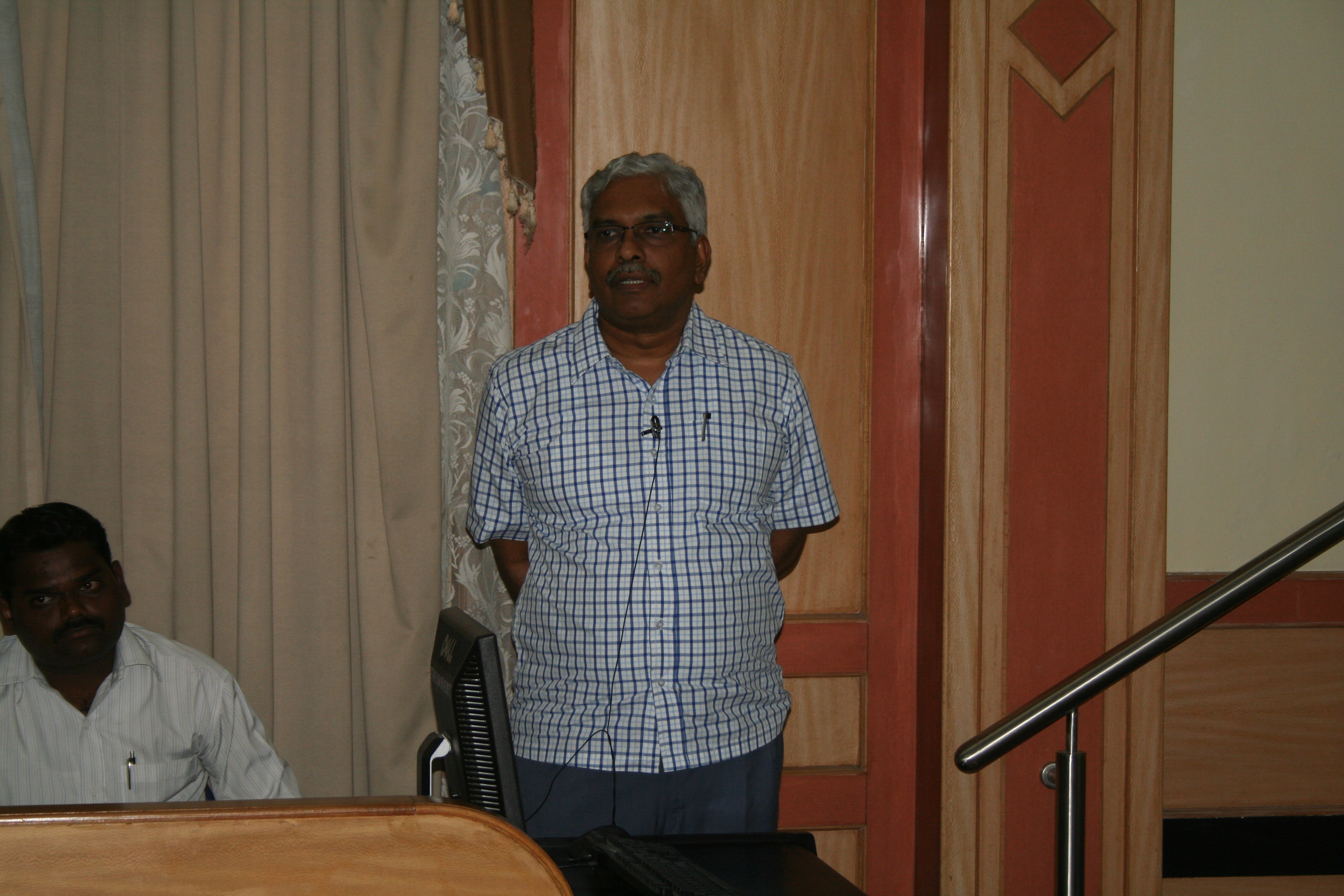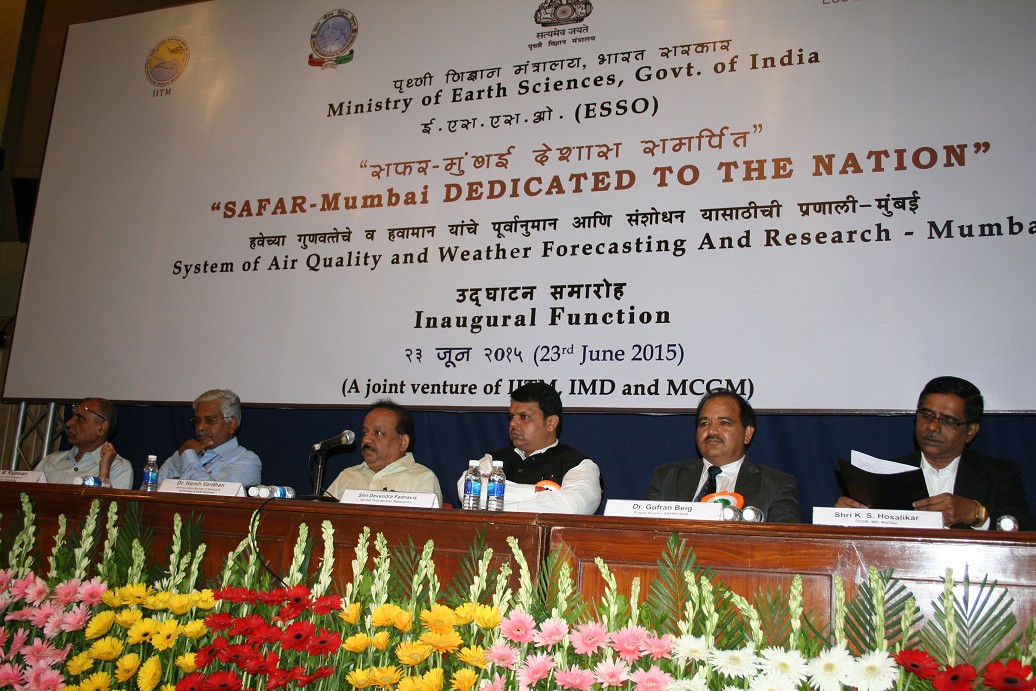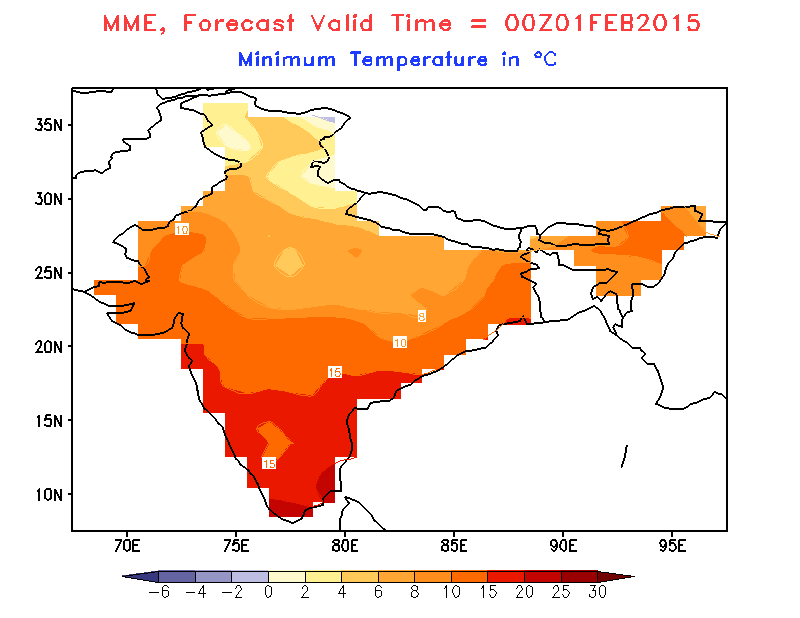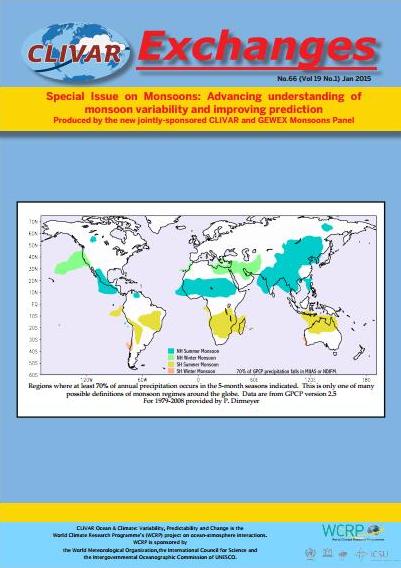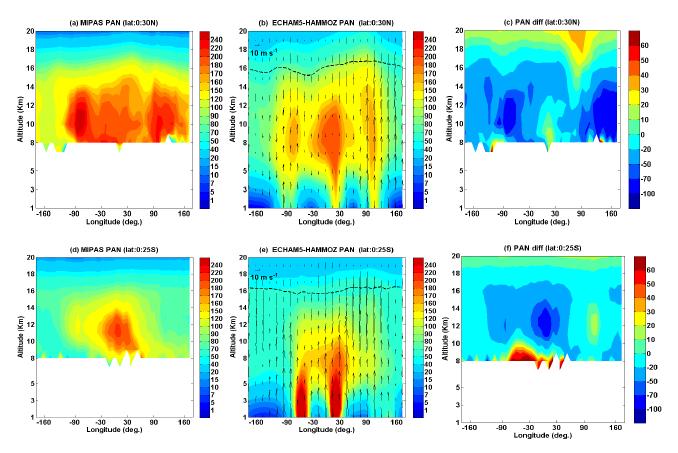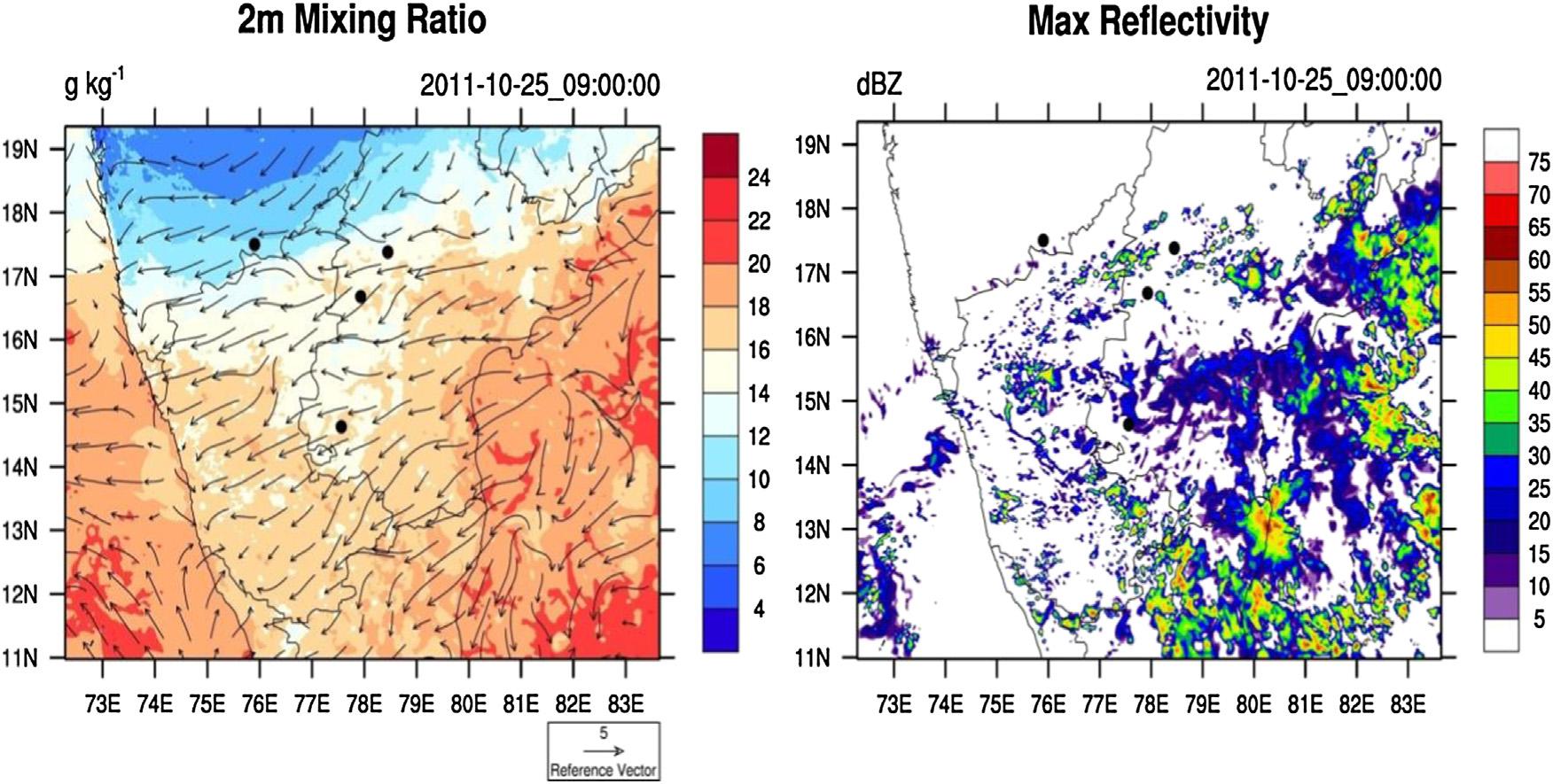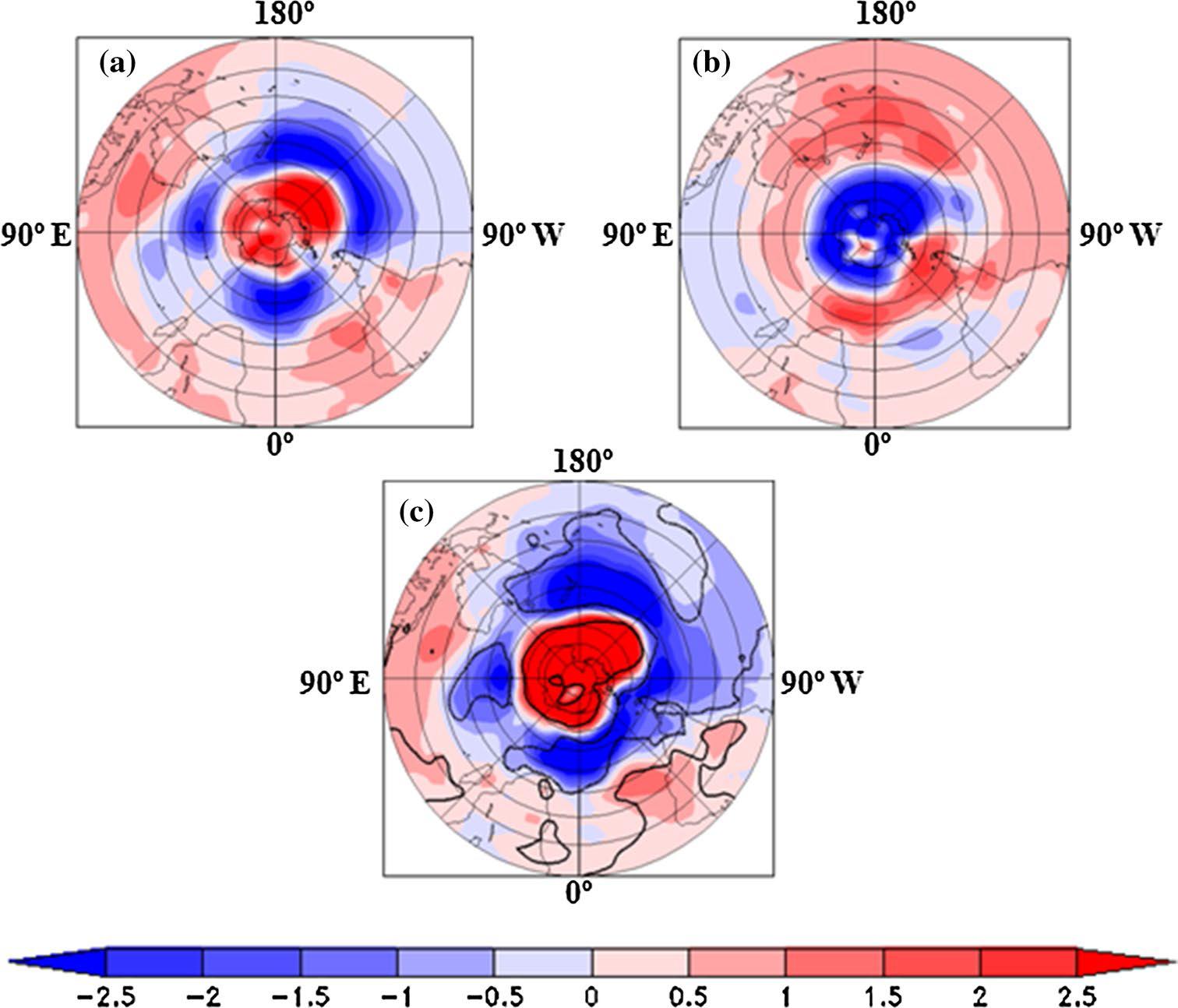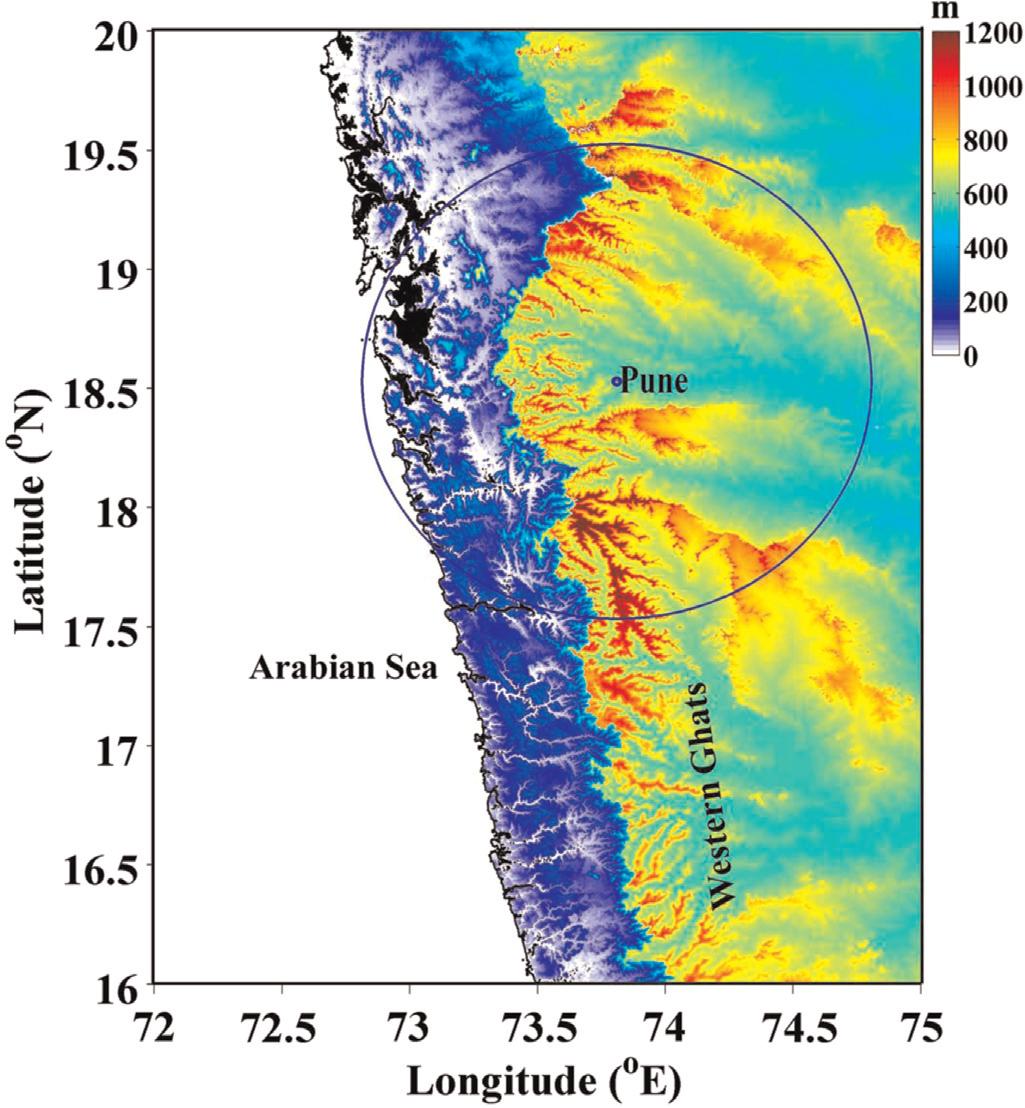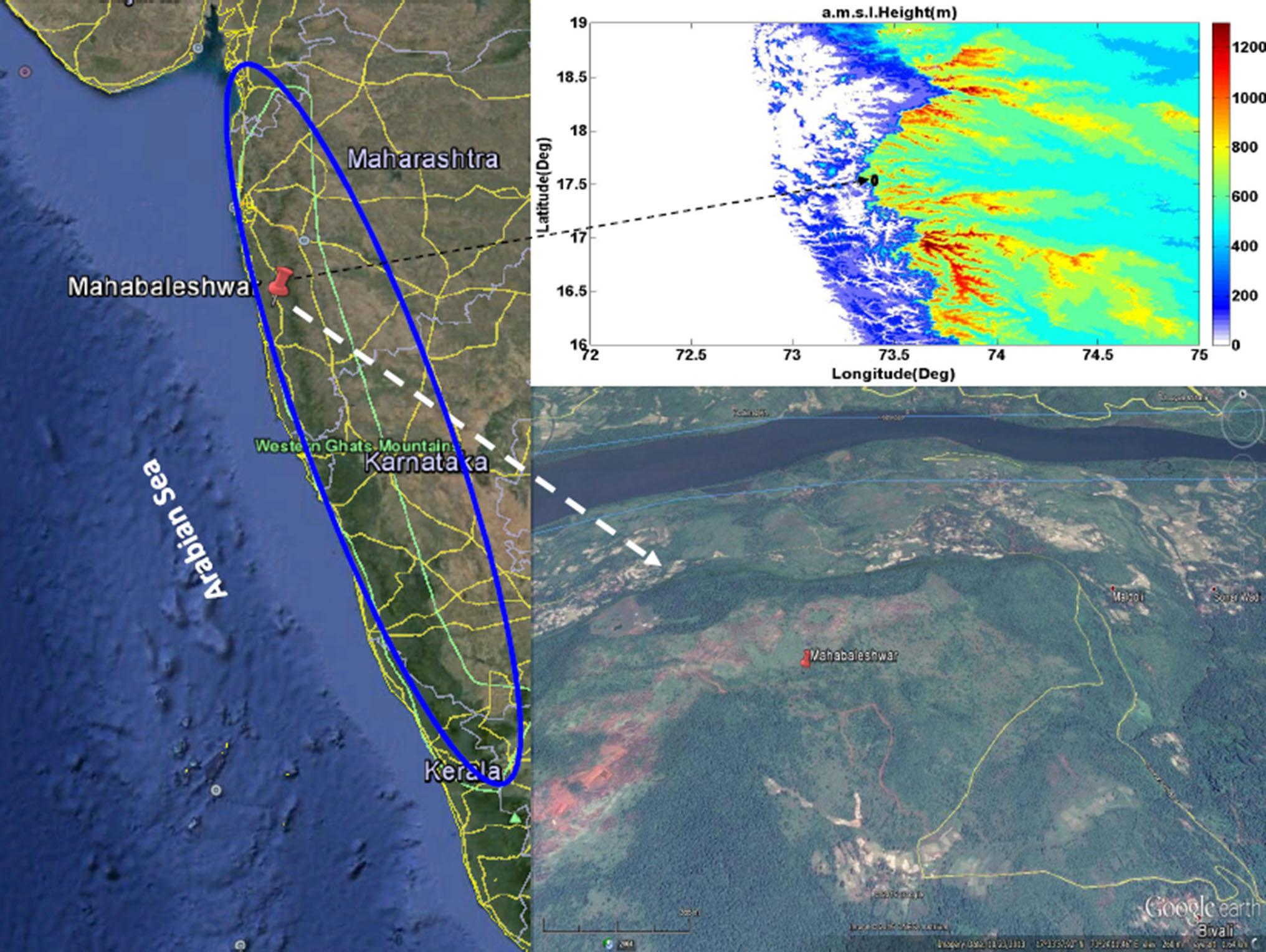IITM Publication Highlights
Why are the Indian monsoon transients short-lived and less intensified during droughts vis-a-vis good monsoon years? An inspection through scale interactive energy exchanges in frequency domain
|
The most common features in deficient monsoon / drought years (also observed during 2015) are that the monsoon transients/low pressure systems (LPSs) are short-lived, not aligned along the monsoon trough and show less westward propagation before dissipation when compared with good monsoon years. Now, the question arises - why the LPSs show these characteristics during droughts vis-a-vis good monsoon years. This paper explores the possible answer of the above mentioned question in the perspective of the non-linear scale interactive kinetic energy exchanges in frequency domain.
Read more...
(Agarwal N.K., Naik S.S., De S., Sahai A.K., Int. journal of Climatology, online, Nov 2015) |
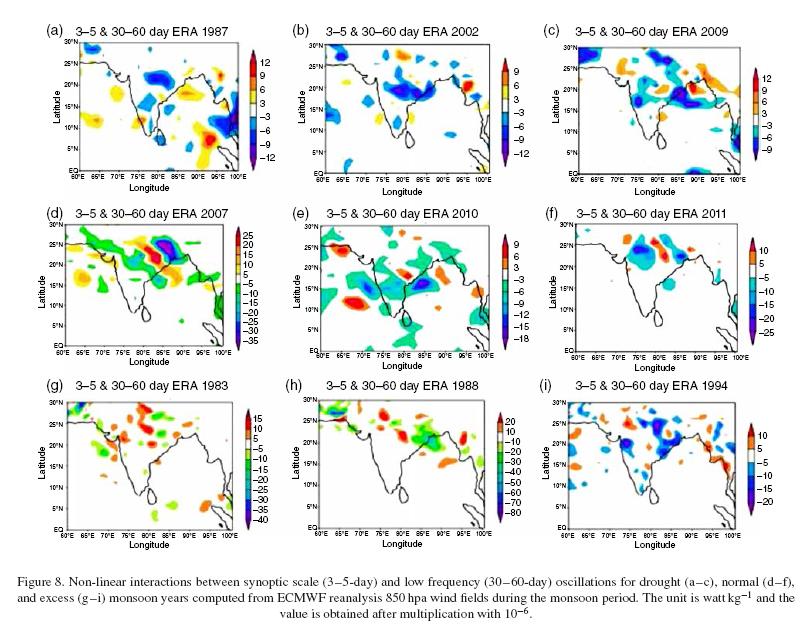
|
Deciphering the desiccation trend of the South Asian monsoon hydroclimate in a warming world
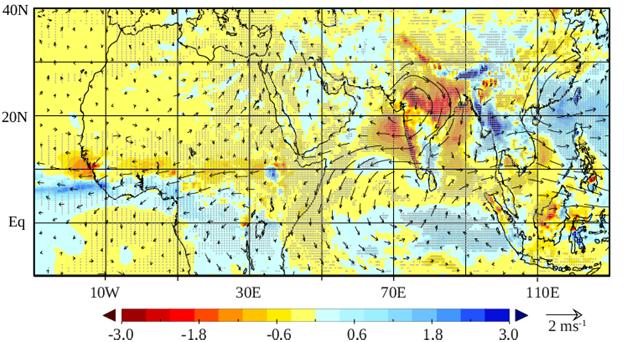 |
By conducting climate change simulation experiments, using a global model with high-resolution zooming over South Asia, the authors demonstrate that regional land-use changes and anthropogenic aerosol-forcing, together with rapid warming of the equatorial Indian Ocean have suppressed the monsoonal rains and promoted precipitation extremes over India in recent decades.
Read more...
(R. Krishnan, T.P. Sabin, R. Vellore, M. Mujumdar, J. Sanjay, B. N. Goswami, F. Hourdin, J-L. Dufresne and P. Terray, Climate Dynamics , October 2015) |
Particle size distribution properties in mixed-phase monsoon clouds from in situ measurements during CAIPEEX
|
This study analyzed in situ particle size distributions measured with aircraft instrumentation for different cloud regimes premonsoon (PRE), transition (TRA), and monsoon (MON) observed during Cloud Aerosol Interaction and Precipitation Enhancement Experiment (CAIPEEX) in India. Overall the MON cases had much higher values of total ice particle number concentrations from cloud imaging probe and ice water content than PRE which indicated that there are substantial differences in ice production and growth processes between these clouds. The empirical and analytical relationships between different parameters of the particle size distribution (PSD) to describe microphysical properties were developed and compared with previous observations. Read more... (Patade S., Prabha T.V., Axisa D., Gayatri K., Heymsfield A., Journal of Geophysical Research , October 2015) |
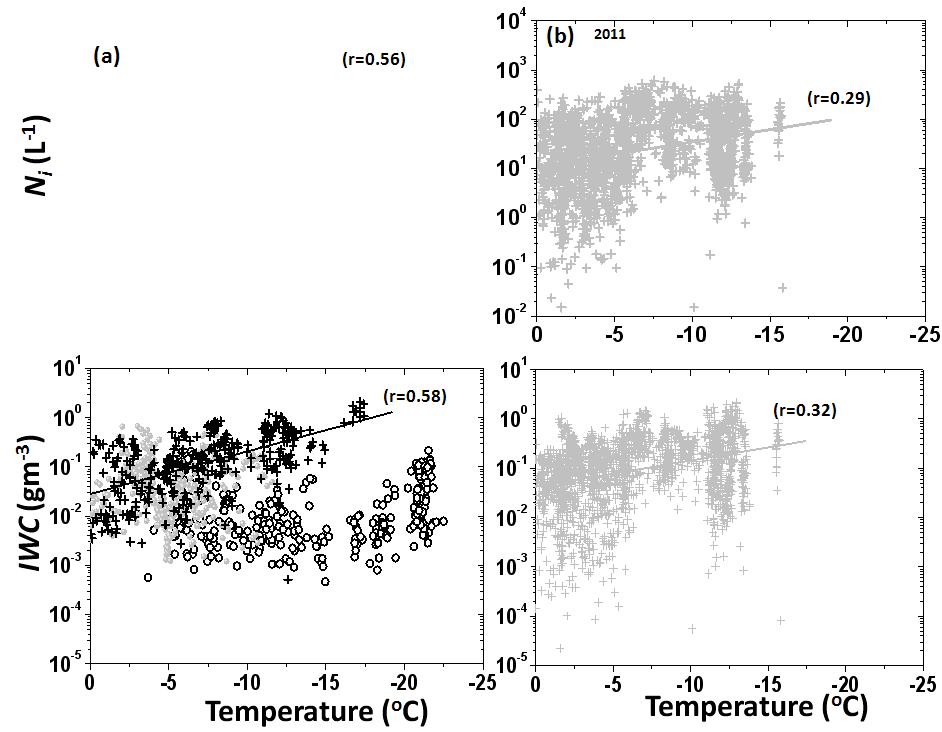 |
